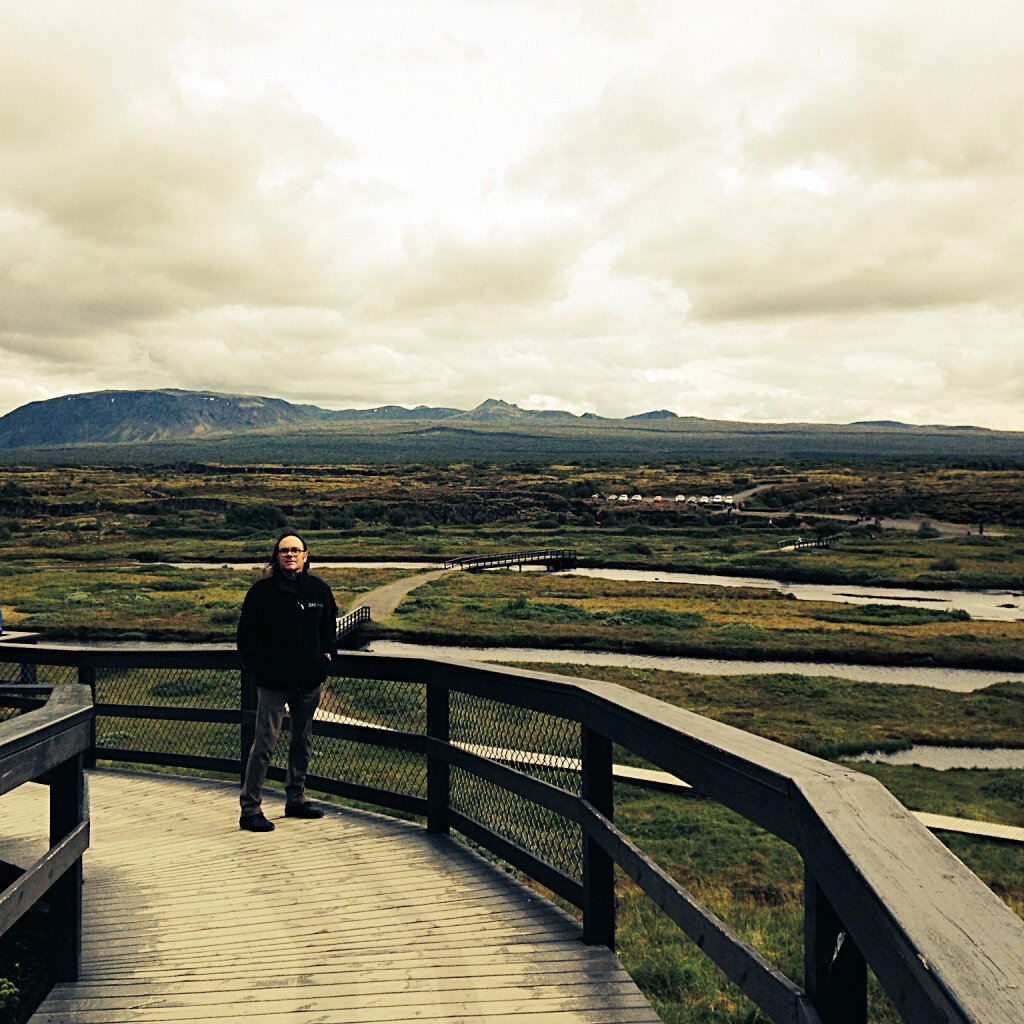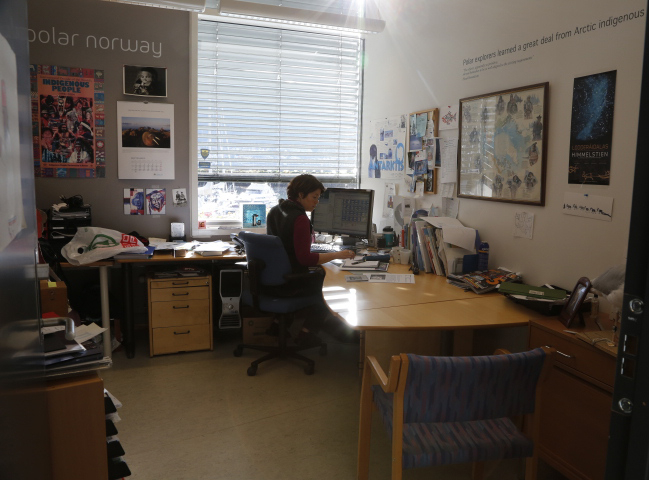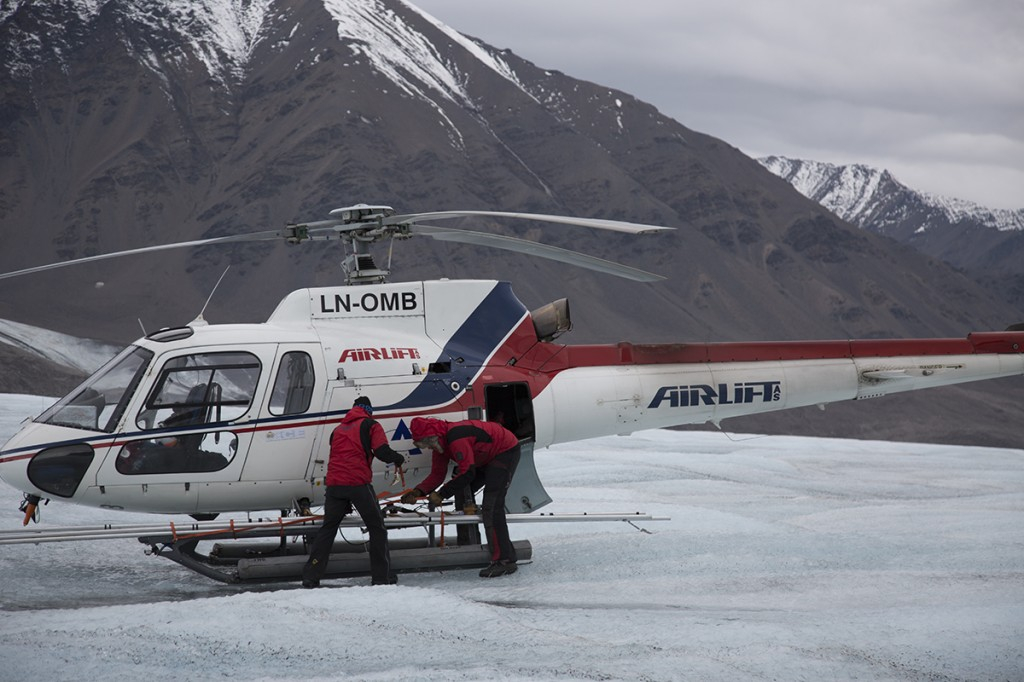I looked up from my New Yorker just in time to catch my first glimpse of the approaching coast of eastern Greenland. Below me the ice bergs were scattered everywhere. I shot frantically for about 3 minutes between iPhone and Canon trying to catch what I could through the frosted scratched airplane glass window.
The iceberg filled sea below me made my adrenalin flow. Maybe it's the visual majesty of this vast scale of primal landscape conflated with the mental anguish - the knowledge of its potential deadly impact on our lives or I should say our impact on it....It just fills me with intense emotions.
So many images to make paintings and prints from...it has begun:














































































